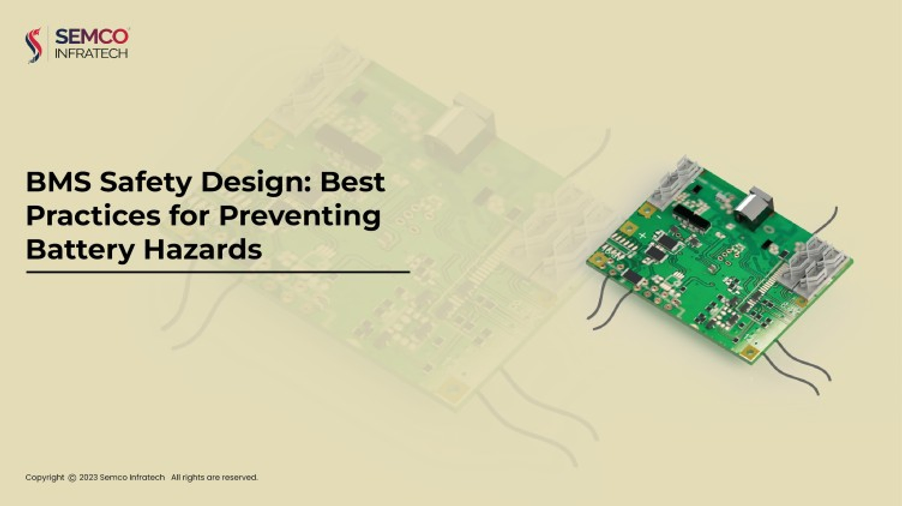
The battery management system (BMS) is the unsung hero of a large-capacity battery storage station. It acts as the brain, constantly monitoring and controlling the battery’s operation to ensure safety, reliability, and efficiency.
Hierarchical BMS Architecture: A Three-Tiered Approach
The BMS in these stations has a hierarchical structure with three main components:
Battery Module Unit (BMU): This is the ground level, responsible for individual battery health. It monitors voltage, temperature, and other factors for each battery within a module. It can also manage charging and discharging safely and perform functions like equalization (balancing battery levels) and thermal management. When it detects issues like high/low voltage, temperature extremes, or current imbalances, it sends alerts to the higher levels.
Battery Cluster Unit (BCU): The middle layer, the BCU manages a group of battery modules. It collects information from multiple BMUs, monitors overall voltage and current of the cluster, and detects leakage. It can also control high-voltage contactors to isolate a faulty cluster if needed. Additionally, the BCU performs crucial calibrations to ensure accurate battery capacity and State of Charge (SOC) readings, which are essential for optimal charging/discharging management.
Battery Array Unit (BAU): The top tier, the BAU acts as the central command center. It oversees the entire battery array, which might consist of several battery clusters. Its main functions include Managing the overall charge and discharge of the battery array. Performing system self-tests and fault diagnosis. Triggering alarms for various battery array abnormalities and failures. Ensuring safe operation by implementing various safety protections. Communicating with other systems like the power conversion system and monitoring/scheduling systems. Data management: storing historical data, exporting information as needed, and performing self-tests to verify its own functionality.

Control and Protection Strategies: Keeping the Battery Safe and Healthy
The BMS control strategy relies on the BAU, which manages multiple BCUs, which in turn manage individual BMUs. The system continuously monitors battery voltage and temperature at each level.
Here’s a simplified example of control strategies:
Number of Connected Clusters: Upon startup, the BAU checks for the number of operational BCUs. If all are present, full power operation is allowed. If not, the system limits power based on the available clusters.
Pressure Difference Control: The BAU also monitors the total pressure difference across the battery pack. If the difference is within a safe range, the pre-charge equalization process can begin. If the difference is excessive, the system triggers a fault requiring manual intervention.
Pre-Charge Equalization: This process aims to balance the voltage of all batteries before full operation. The BAU controls the pre-charge relays in each BCU, and once pre-charging is complete, it disconnects the pre-charge circuit.
Charge and Discharge Management: During operation, the BAU continuously monitors individual battery voltages and overall pack temperature. Based on this data, it calculates the safe maximum charge/discharge current and communicates this information to the power conversion system, ensuring the battery operates within its limits.
Protection Strategies: Three-Level Alarm System
To safeguard the battery, the BMS employs a three-level alarm mechanism:
Primary Alarm: If minor issues arise, the BMS notifies the power conversion system (PCS) to reduce power output.
Secondary Alarm: For more serious problems, the BMS instructs the PCS to stop charging/discharging completely.
Third-Level Alarm: In critical situations, the BMS shuts down the PCS and actively disconnects the battery after a delay.
By constantly monitoring, controlling, and protecting the battery, the BMS ensures the smooth and safe operation of large-scale energy storage stations, playing a vital role in integrating renewable energy sources into the grid.
For More Updates Follow Us
WhatsApp – Facebook – Instagram – Twitter – LinkedIn – YouTube






